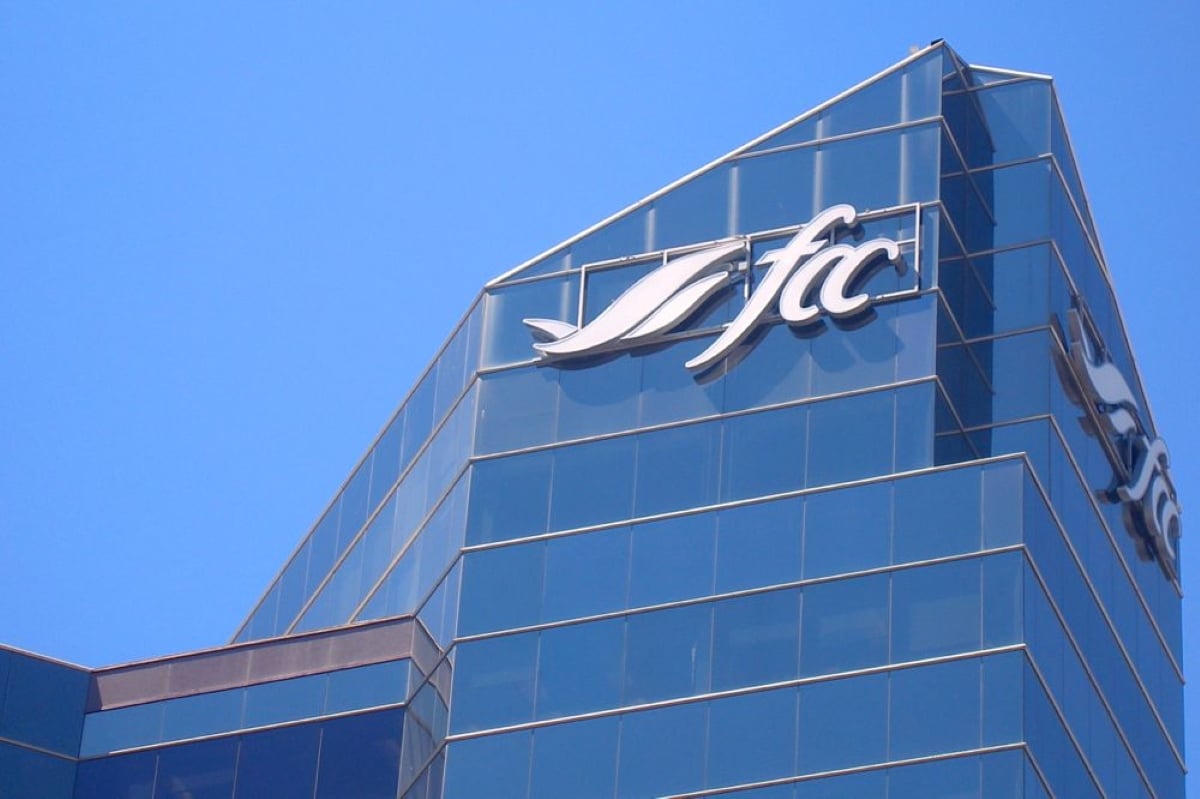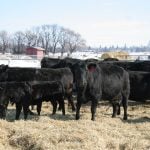RED DEER – Widespread changes in the care and transportation of farm animals have occurred in the last 50 years as more people believe they have a moral duty to care for animals, says the retiring president of the Alberta SPCA.
There is still work to be done especially in the care of animals in transportation, or ones used for scientific research or entertainment, said Joy Ripley. She has been involved in the development of national transportation committees and codes of practices to improve the life of farm animals.
Read Also

Lending policy still focused on primary producers: Farm Credit Canada
Farm Credit Canada said it has not changed its business practices and remains committed to supporting all producers, after a report from an Ottawa-based media outlet claimed otherwise.
“We all agree that Canada should be the best place for farm animals to be raised, transported and marketed,” she told the Alberta horse breeders conference in Red Deer Jan. 11.
However, many agree abuses still occur and often the penalties against offenders are too low, she said.
Progress is being made, however.
A national workshop last fall for producers, processors, academics, government officials and consumers reviewed current legislation and welfare programs. They agreed upgrades are needed.
Canadian codes of practice for farm animals have been in development since 1980. Written in co-operation with humane societies, government and producer groups, the codes are voluntary but provide specific recommendations for the care and transport of livestock and poultry.
“Agriculture Canada is now questioning whether Canada should do something better than voluntary codes of practice,” she said.
The codes are reviewed regularly and some producer groups added animal welfare to their quality assurance programs. Examples are the poultry industry’s Stay Clean, Start Clean program and the Pork Quality Assurance program.
Traditional practices like dehorning, tail docking and castration are under scrutiny. New laws have been passed throughout the world because people have decided doing such procedures without anesthetic causes unnecessary pain.
“Society’s evolving ethic is making it unacceptable to inflict physical or psychological pain on animals for reasons of convenience, profit, productivity, economy, utility or efficiency or any other reason that is not in the animal’s own best interest,” she said.
Society is also questioning whether spent laying hens, old cows or hogs are treated humanely at the end of their lives.
Agriculture Canada is reviewing animal transportation rules. Horses, for example, have been badly injured in trucks because they travelled for days.
The review is looking at regulations for loading density, possibly segregating horses wearing shoes on their hind feet, banning multi-deck stock liners for horse movement, and adding rest periods as well as regular feeding and watering for animals in transit.
Insurance companies are also looking at building code upgrades that include fire detection and prevention units in barns.
In the United States, some fast food chains have written animal welfare into their contracts with suppliers. There are specific demands that cover animal feed, health, housing and slaughter. Independent audits are done to ensure the rules are taken seriously.
These companies may decide Canada’s farm animal codes of practice are inadequate, said Ripley.
Horses have received special attention in the U.S.
California has banned horse slaughter. The American Congress is assessing a horse slaughter act that could ban transport of horses and use of horse meat in the U.S. If passed, the legislation could stop the movement of American horses to Canada for slaughter.
The world animal health organization, the OIE, is holding an international conference in February on animal welfare with a priority on farm animals.
“This forum will be the first step toward attempting to develop international animal welfare standards to be recognized by the World Trade Organization and hoped by some that those standards will be based on the five freedoms,” Ripley said.
The five freedoms say animals have the right to food, shelter, room to move, to be free of fear and to be able to behave normally according to their species type.















